Student Engagement with Society in Europe
Student engagement with society is the students’ active participation in educational-based activities that contributes to addressing social challenges while generating benefits for the diverse internal and external stakeholders. Currently, student engagement with society is operationalised as scattered activities in higher education institutions.
Student engagement with society can be embedded in the institutions by applying national policies on higher education engagement or by developing targeted institutional policies (top-down approach), creating a dedicated institutional strategy or as part of the social engagement strategy, or supporting bottom-up initiatives. Explore Student Engagement with Society in Europe with the following reports:
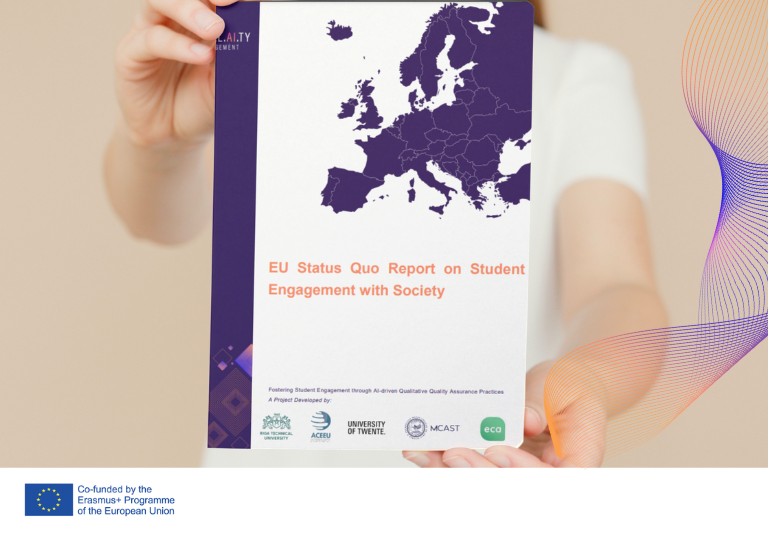
EU Status Quo Report on Student Engagement with Society
This report presents a wide overview the role of students in the social engagement mission of HEIs. It is useful for engagement officers and staff responsible for developing community / civic engagement strategies in the teaching, research and third mission of HEI.
State of Student Engagement with Society: Academic Survey Report
The Academic Survey on Student Engagement with Society was carried out by the Qual-AI-ty Engagement Project and builds on the existing gap of knowledge on student engagement with society as a dimension of higher education. The term Student engagement with society refers to any activity that benefits society and is carried out with the involvement of students. This survey was designed to consider seven dimensions for student engagement with society that constitute a base for building a framework. These dimensions are activities, motivations, inputs, sporting mechanisms, impacts, barriers, and challenges.
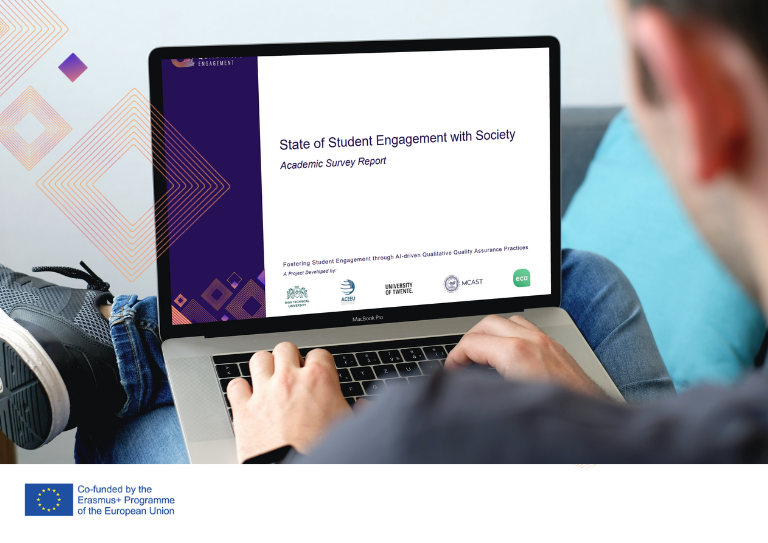
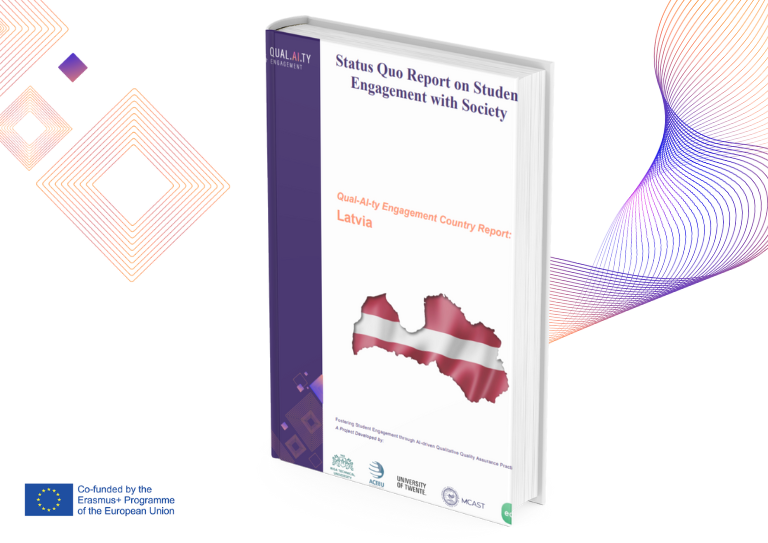
Qual-AI-ty Engagement Country Report: Latvia
Students in Latvia are actively involved in volunteering, internships, cultural life and governance of the higher education institutions throughout the country. Although there are no precise numbers of these activities, students are more likely to engage in voluntary and social-related work. This report presents an overview of the status quo of student engagement with society in Latvia.
Qual-AI-ty Engagement Country Report: Malta
When students are engaged in the quality assurance processes of the programmes and initiatives, the educational institutions can better adapt to students’ needs. The higher education institutions also benefit from student engagement with society as it promotes the institution to the local community. In the case of public institutions such as MCAST, such positive perceptions from the local community contribute to higher chances of funding sustainability.
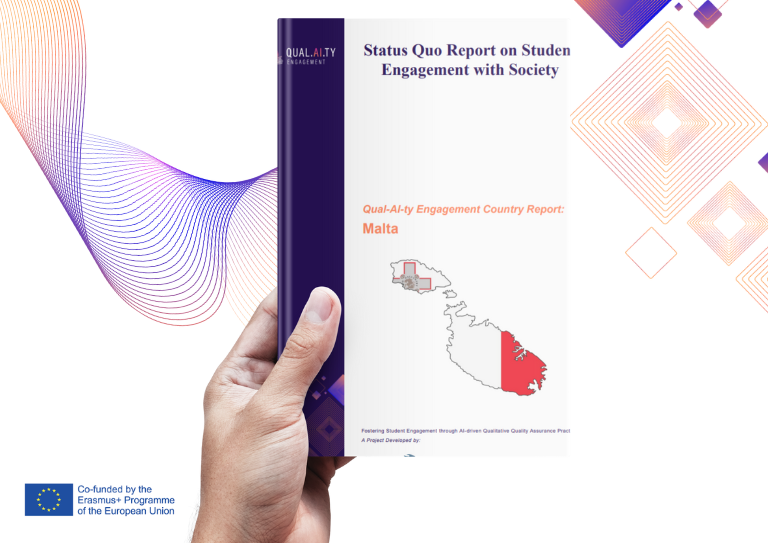
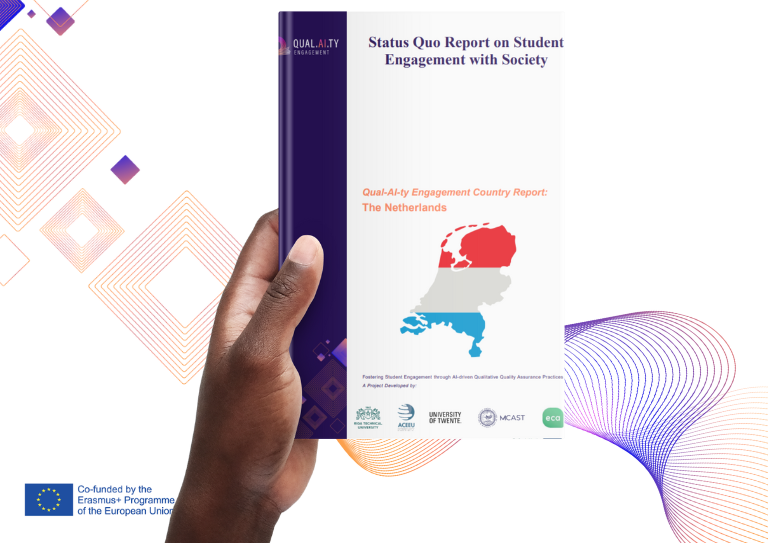
Qual-AI-ty Engagement Country Report: The Netherlands
In the Netherlands, student engagement with society and contribution of voluntary services is encouraged and highly appreciated by both higher education institutions and employers. A University example is the ‘Green Campus movement’ from the University of Twente in which students from the university are responsible for the development of the circular campus and to impact the circular movement in the region of Enschede. Another example is the NGO Oranjefonds. This organization brings together students and alumni, students to work as volunteers in “alumni projects. Most universities and NGO’s have such services to strengthen students’ engagement in the societal and cultural sector.
Qual-AI-ty Assessment Model: Embedding Student Engagement with Society in Quality Assurance Practices
The Qual-AI-ty Engagement Project created the assessment model to foster a culture of quality in student engagement with society in Higher education: The U-Society Qual-AI-ty Assessment Model. This Model is a comprehensive guide aiming at capturing the modes and dimensions for a successful evaluation and monitoring of student engagement avenues captured in the Compendium of Good Practices and trained at the Qual-AI-ty Engagement Bootcamp. Further, the model also aims at capturing the barriers and drivers behind student engagement with society. Furthermore, the model encompasses the multivocality of voices, creates a comprehensive framework, and contributes to enhancing the culture of quality with ownership distributed among different stakeholders.
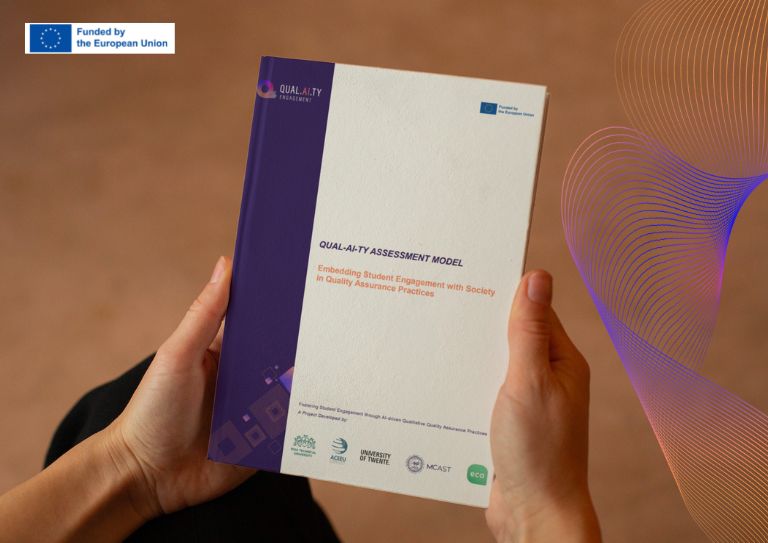
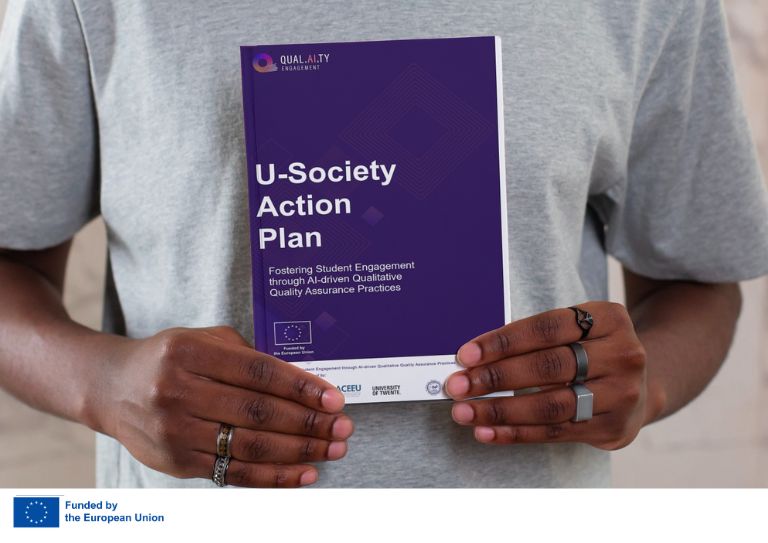
U-Society Action Plan: Fostering Student Engagement through AI-driven Qualitative Quality Assurance Practices. Qual-AI-ty Engagement Project
This report aims at using the knowledge generated in the Qual-AI-ty Engagement Project to outline the guidelines for implementing student engagement with society via the quality assurance offices, the usage of AI and leveraging the use of qualitative data. This action plan presents the context of social engagement, the definition of student engagement with society, its benefits, barriers, quality assurance perspective, and the action plan to implement it in HEIs.
QUALIA Implementation Guide
This document describes the implementation guidelines for IT professionals working in universities. The aim is to enable scalability and transferability of the virtual interview assistant, allowing other HEI’s to adopt and utilize the tool for their institutions’ quality departments.
The virtual assistant is a platform as a service (PaaS) designed to run on the cloud. The main advantages of such approach are the cost savings over the on-premise alternative for universities and other HEI. In addition, a PaaS increases the accessibility and ease of deployment by shortening the development time required for installing and configuring both the hardware infrastructure and software components. The virtual assistant is therefore offered to any interested party as a service and is accessible immediately after the initial setup.
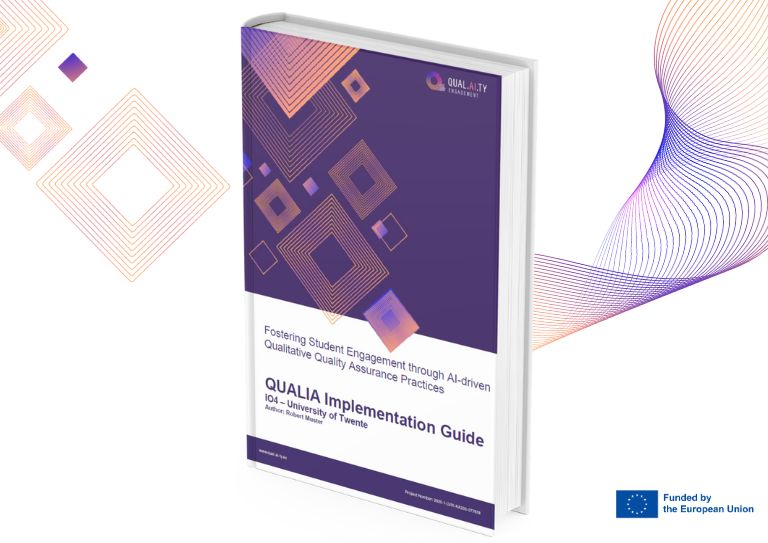
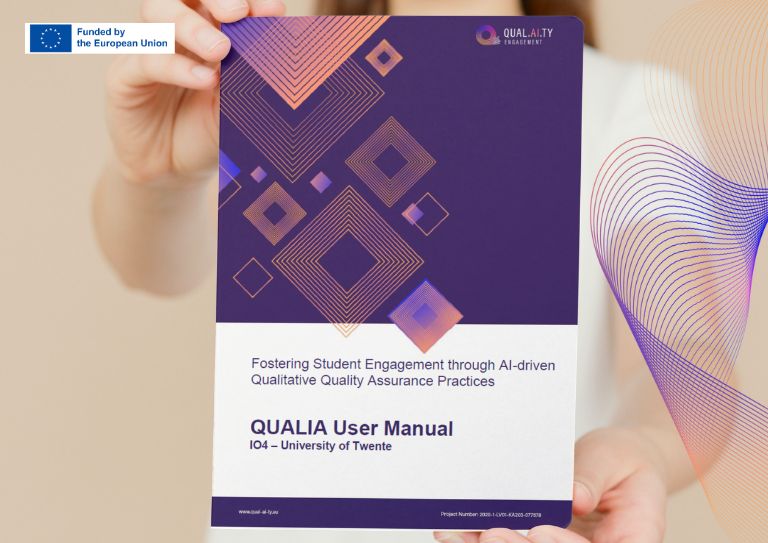
QUALIA User Manual
This document describes the user manual for interacting with the Virtual Interview Assistant – QUALIA. The key principles for developing QUALIA user interface were: user friendly UI, simplicity, progressive enhancements. The virtual assistant is designed as a web interface and consists of two main sections: (end) user section and admin section.
